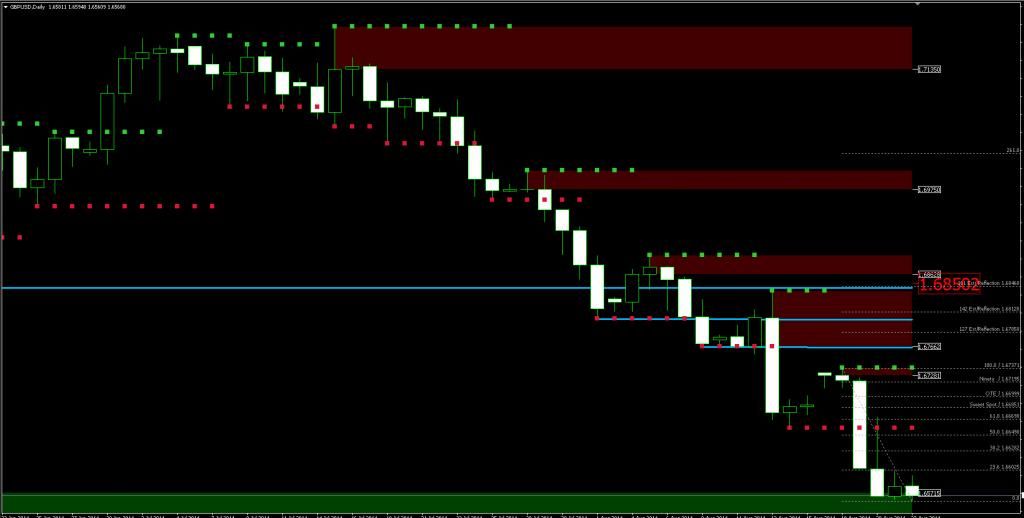G'Day foreigner

I have not watched the 3 videos that Piper posted and I don't know Sam's understanding in detail so I can't comment on that. But Sam didn't invent the terms or the concepts so I am just using them in their generic sense.
When a whole bunch of buy orders hit the market, they constitute demand. They can and do execute at any price level subject to what the buyer wants and what liquidity (supply) is available. Equally, when a whole bunch of sell orders hit the market, they constitute supply. They can and do execute at any price level subject to what the seller wants and what liquidity (demand) is available. This is just how markets work, nothing special. Supply and demand, selling and buying: basic economics concepts, nothing more.
After that it becomes psychology. Traders have intentions, memory and perceptual skills. Though some may be offended at the thought, the fact is they are creatures of habit. They are aware of other parties and competing interests. They will use their knowledge and skills to attempt to achieve their trading objectives. I am talking about all smart traders here, from big banks to Billy down the street. The whole thing works somewhat coherently because of a single assumption that is generally valid - people trade with their own best interest at heart (that is, people trade to win or to profit).
Given the history (market memory), habits and beliefs about other traders there tends to be a degree of patterning to the trade prices (or price action if you like). We see this displayed in pivots, trends, support and resistance levels, and so on. This has a tendency to set up levels or zones at which buyers and sellers will have a greater tendency to transact. A classic observation of this would be what has become known as institutional and psychological levels.
So normal market dynamics sets up a situation where particular price levels will have a tendency to become dominated by supply, dominated by demand, or somewhere the battle can rage while so-called bulls and bears can each push to see who wins. When traders look at charts the signs are there, made clearer perhaps by drawing lines and rectangles to highlight what has happened. Hence, the chart tells a story of supply and demand and reveals levels of support and resistance.
It is therefore quite true to say of supply and demand, as you have, that:
its a concept that can describe why price reacted to a level, but AFTER THE FACT!
That is equally true of support and resistance levels. They are created by price history. In both cases however, we can use the price history as a source of intelligence in drawing up our own trading plan of attack.
The markets are very dynamic. Orders come and go at an astonishing rate. Orders are placed and pulled all the time. Even if we had a central exchange for spot fx and could access a genuine depth of market tool we would probably still not be able to
see effective levels of support and resistance or zones of demand and supply any better than we already can
anticipate them using our regular methods.
So at the end of the day I think it is moot. Call the levels anything you like, it does not matter. But given the generic way I use the concepts of supply and demand I can't see that there is any point to debate and we are in agreement.
I haven't seen the videos but when you say:
orders stack above and below prior highs and lows, not just at 'reaction levels' as shown in Sams webinars.
...could it be that he refers to a tendency for a greater number of orders to congregate at predictable levels? If so, I can't see any problem with that. It is consistent with what I described above. So long as he doesn't make the ridiculous claim that orders can only be found there, which clearly he wouldn't, surely. Anyway, any support or resistance level on a chart is a 'reaction level'.
Perhaps you could clarify the following sometime.
The key is to understand when an 'orderblock' will provide liquidity and when a 'stop run' will provide liquidity.
An orderblock strikes me as nothing more than a level or zone of supply or demand. Indeed, that's what it is by definition. Whether a market will successfully feed by returning to an orderblock or will blow through on what is interpreted as a stop run is an interesting question, every time. One can anticipate this based on many factors, such as distance away, momentum approaching the level, overall structure and likely directional bias, and so on. No one has a franchise on getting this prediction right.

 )
)





